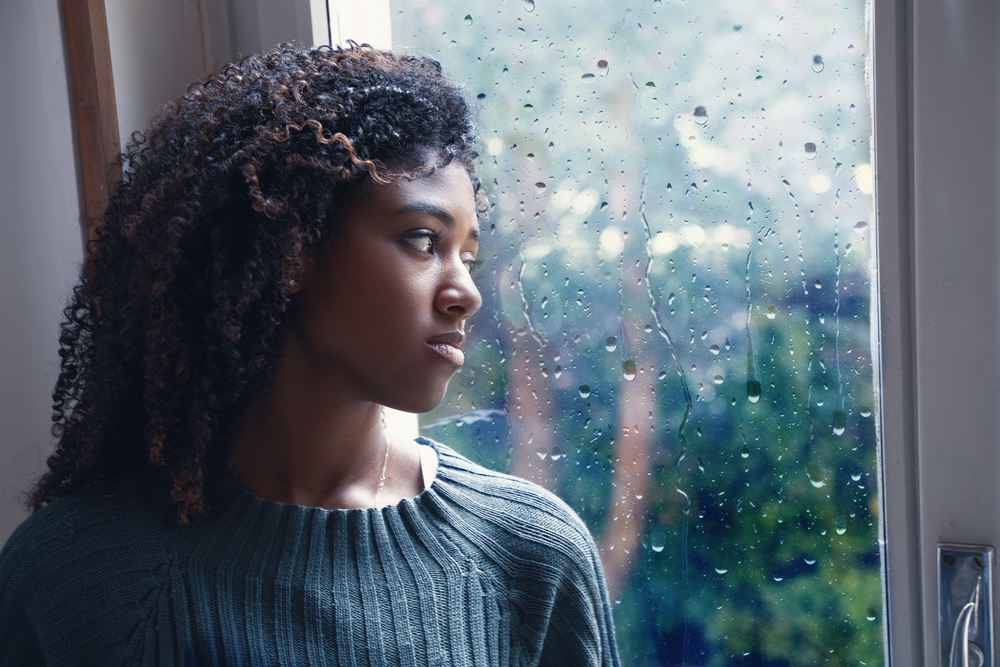In today’s fast-paced world, the concept of “me time” has gained prominence as an essential part of maintaining mental health. For many, alone time serves as a refuge from the constant demands of social interactions and digital connectivity. A recent survey revealed that 56% of people view alone time as vital for their overall well-being. However, a recent study reveals that not all forms of solitude are equally beneficial. This groundbreaking research sheds light on how different types of alone time impact mental health, particularly in a society that is more connected than ever before.
Exploring the nuances of solitude
Solitude is often misunderstood as merely being physically alone, but research highlights the complexity of this concept. Solitude can take on different shades, each with varying effects on mental health. The research categorized solitude into four distinct types:
- Base solitude: This involves being alone but with access to media, such as reading a book, listening to music, or scrolling through a phone.
- Base solitude with inaccessibility: In this scenario, a person is alone and unavailable to others but still has access to media—for example, taking a walk in nature while listening to a podcast.
- Base solitude without media: Here, individuals are alone and available to others but not engaging with media, such as sitting in a café or on public transportation without distractions.
- Total solitude: This is complete isolation, with no access to media or interaction with others, such as hiking in the wilderness or camping without any connectivity.
Surprisingly, participants rated base solitude as the most restorative, debunking the assumption that complete disconnection is the ultimate form of rejuvenation. Instead, having access to familiar forms of media while alone provided comfort and minimized feelings of isolation.
How attitude shapes the experience of solitude
A striking finding from the study was the role of individual mindset in shaping the benefits of solitude. People who viewed solitude as beneficial reported higher levels of well-being when they engaged in it. A positive attitude towards alone time can significantly enhance its restorative effects.
Interestingly, the amount of social interaction participants had during the day did not influence their perception of solitude. Even individuals in highly social professions did not report greater benefits from alone time compared to others. This underscores the highly personal nature of how solitude is experienced and its impact on mental health.
Understanding the limitations of the study
Like any research, this study has its limitations. It relied on self-reported data, which captures subjective perceptions rather than objective outcomes. Additionally, the average age of participants was relatively high, raising questions about whether younger individuals, who are more digitally connected, would experience solitude in the same way.
Age and technological habits significantly influence how people perceive and engage with solitude. Younger adults may approach total solitude differently, suggesting that the findings may not fully apply to all demographics.
Despite these limitations, the study offers valuable insights into the nuanced relationship between solitude and mental health.
Finding the right balance for well-being
The findings highlight that the ideal type of solitude varies from person to person. This is often described as a “choose-your-own-adventure” approach, where individuals must discover what works best for their unique needs. Factors such as personality traits, living situations, and personal preferences play a significant role in determining the most effective form of solitude.
It’s essential to evaluate whether alone time activities are recharging or draining. Without this awareness, solitude can shift from being restorative to potentially harmful.
Trial and error is often necessary to find the perfect balance. Some may thrive in base solitude with media access, while others may benefit more from base solitude without distractions. Regardless of the preference, maintaining a positive attitude towards alone time is critical for maximizing its mental health benefits.
Why solitude isn’t a one-size-fits-all solution
While solitude can offer significant mental health benefits, it is not a universal solution. For some individuals, extended periods of alone time may exacerbate feelings of loneliness or isolation. This is particularly true for those dealing with underlying mental health conditions such as depression or anxiety.
Persistent or negative experiences with solitude may signal deeper issues that require professional intervention. Consulting with a mental health professional can help individuals identify and address the root causes of their discomfort with alone time.
Embracing solitude with intention
In a world that often prioritizes constant connection, understanding the complexities of solitude is more important than ever. Recent research provides a roadmap for exploring different types of alone time and discovering what works best for each individual. Whether it’s enjoying the comfort of familiar media, embracing total solitude, or finding a middle ground, the key lies in approaching alone time with intention and a positive mindset.
By fostering a healthier relationship with solitude, individuals can unlock its potential to enhance well-being and resilience. As we navigate the demands of modern life, taking the time to reflect on how we engage with our own company may be one of the most empowering steps we can take toward greater mental health.
















